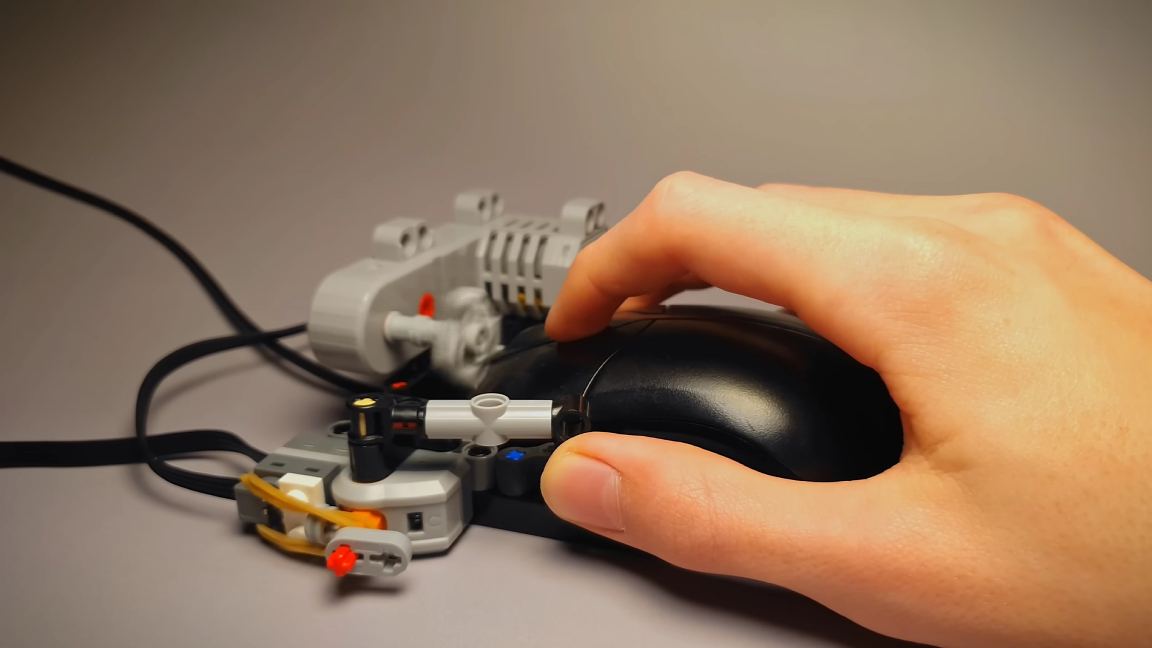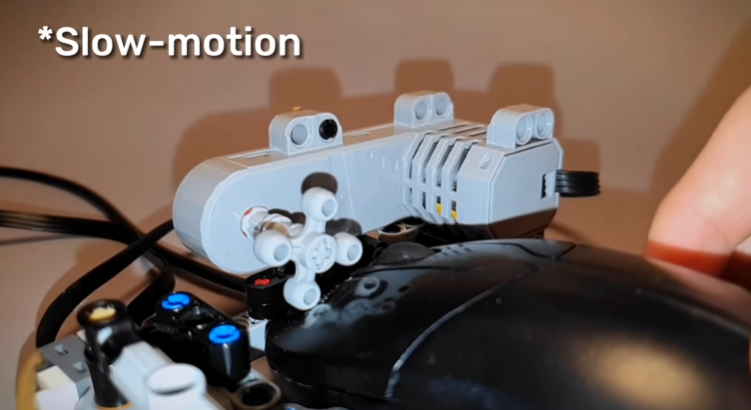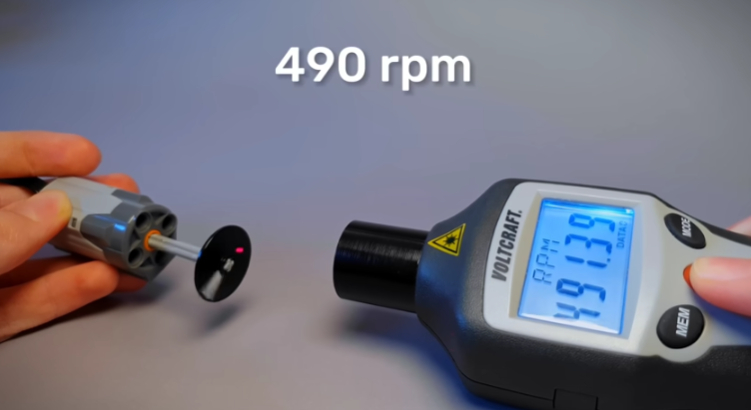
When it comes to microelectronics projects, sometimes it's much more fun to make something because you can rather than because you should. Driven out of pure enthusiasm, maker and developer Lucas with Lucas-Dynamics decided to push the boundaries of autoclicking by creating what he dubs the world's fastest autoclicker.
The clicks per second are being measured using a third-party web app called CPStest.org. With this tool, you can rapidly click inside of a square and receive an estimate of your average click speed. According to the video shared by Lucas, the record he set out to beat was 37 clicks per second (CPS). Using components from a Lego Technic kit, he put together a device that automatically—and rapidly—clicks a mouse button.


At first the results were fairly subpar, not even reaching half of the record he's supposed to beat. A small adjustment to the gear ratios and angle of the presser quickly turned the tides as the CPS Test website recorded around 30 CPS. There's only so much you can do with the hardware you've got on hand. Eventually, you might find yourself changing components for more powerful upgrades which is what happened here, as well.
In the end, Lucas settled on a faster motor and changed the presser out for a wheel design. As it rotates, little feet that stick out strike against the mouse button, triggering a click. The testing was so intense that he had to add tape to the mouse to protect it from getting damaged.
After all of the tweaking and modifying, the final CPS Lucas recorded was just slightly over 70 CPS. According to Lucas, he considers this unofficially the world's fastest autoclicker. In the video demo of the project in action, we see it not only hit a new record but also cause the CPS Test website to lag in the process.
If you want to get a closer look at this autoclicker in action, check out the original video shared to YouTube. If you want to recreate this project, we don't have an exact guide to share, though you could stury the original video. But we do recommend you check out our review of the Raspberry Pi Build HAT which makes it easier than ever to tinker with Lego Technic components.







